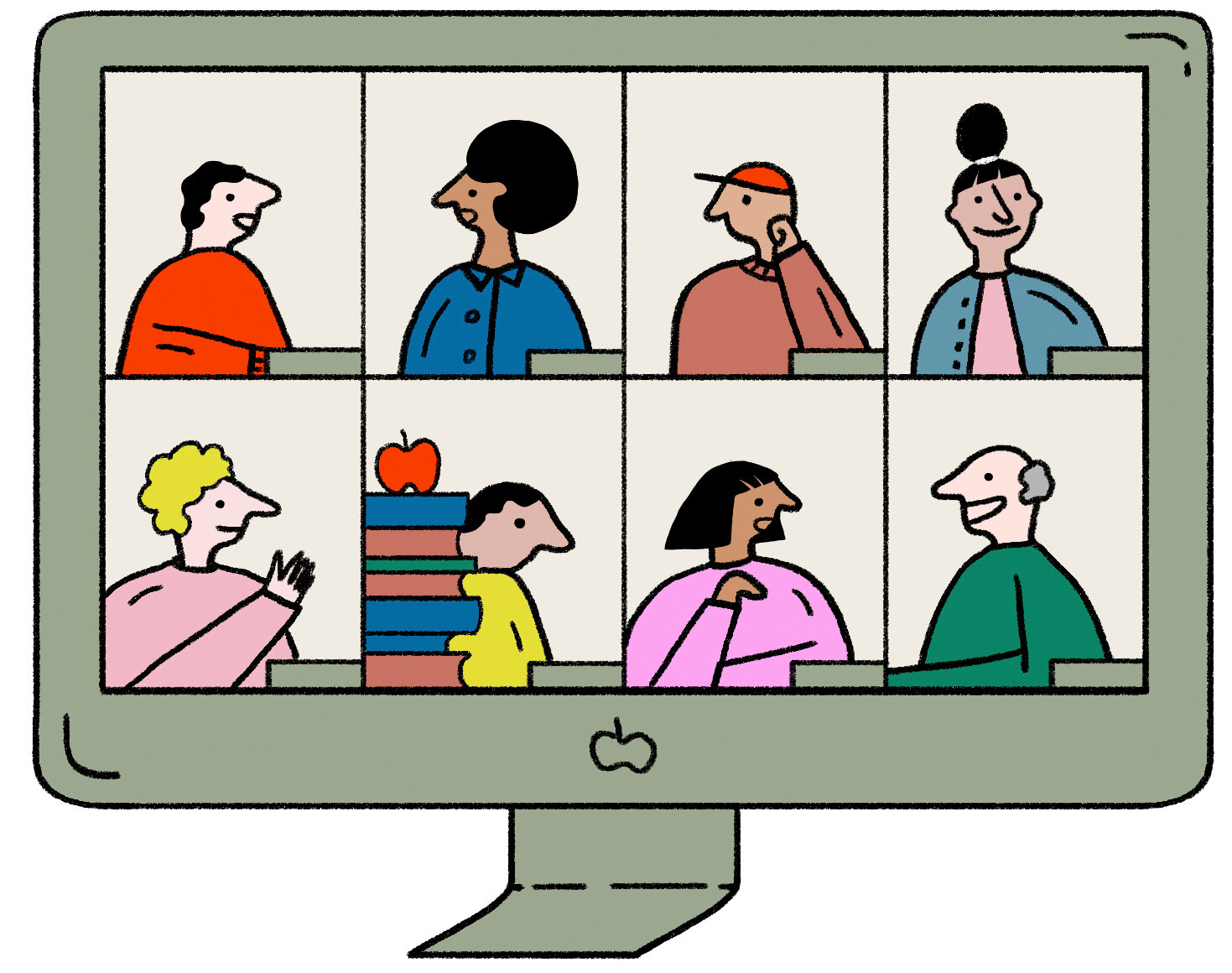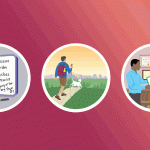2020 was the year that turned our lives upside down. The ongoing pandemic has forced us to adapt to a new normal, from wearing masks everywhere we go to practicing social distancing. One of the most significant changes has been the shift to remote schooling. As a student, I can confidently say that it hasn’t been easy, but we have managed to find ways to overcome the challenges that come with this new method of education.

Like many others, I miss the hustle and bustle of a classroom. The feeling of flipping through crisp pages of a textbook, listening to the sound of a chalk scratching against a blackboard, and engaging in face-to-face discussions with my classmates and teachers. The transition to remote schooling has forced us to trade these experiences for laptop screens, virtual classrooms, and online learning platforms. At first, it felt impersonal and detached, but over time, we learned to adapt.
One of the biggest hurdles of remote schooling is the lack of direct interaction with teachers. As a student, having someone physically present in the same room as you can make a world of difference. It’s easier to ask questions, seek clarification, and engage in real-time discussions. Thankfully, technology has come to our rescue. Video conferencing tools like Zoom and Google Meet have become our new classrooms. They provide us with an opportunity to interact with our teachers and classmates, albeit virtually. Although it may not be the same as physical presence, it has helped bridge the gap to some extent.
Another challenge we face is the lack of structure and routine. When attending school physically, we had a fixed schedule to follow. We knew when each class would start and end, and we had breaks in between to unwind and socialize. With remote schooling, it’s easy to fall into a continuous loop of procrastination. It’s essential to create a daily routine and set aside dedicated time for each subject. Creating a sense of structure through a timetable has helped me stay focused and motivated.
Distractions also pose a significant challenge in remote schooling. When attending school, we would leave our homes and enter an environment solely focused on education. However, now our homes have become multi-purpose spaces, combining work, relaxation, and schooling. It’s challenging to resist the temptation of turning on the TV, playing video games, or even taking a nap. To combat this, I have designated a particular study area in my home where I can minimize distractions. This has allowed me to create a mental boundary between school and home life.
One aspect of remote schooling that is often overlooked is the toll it can take on mental health. The lack of face-to-face interaction with peers can lead to feelings of isolation and loneliness. It’s essential to find alternative ways to connect with friends, whether it’s through virtual study groups or online gaming hangouts. Additionally, taking regular breaks and engaging in activities that bring joy and relaxation can help alleviate stress. It’s crucial to prioritize mental well-being and seek support when needed.
While these challenges of remote schooling are real, it’s essential to look at the bright side as well. Remote schooling has allowed us to develop a new set of skills, such as self-discipline, time management, and adaptability. We are learning to navigate online platforms, submit assignments electronically, and collaborate with classmates virtually. These skills will undoubtedly prove valuable as we move forward in a digital-driven world.
Moreover, remote schooling has also provided us with an opportunity for self-reflection and exploration. Without the distractions of a physical school environment, we have more time to explore our personal interests and hobbies. We can take online courses, learn new languages, or pick up a musical instrument. Remote schooling has given us the chance to delve deeper into subjects that spark our curiosity and pursue independent projects.
As we continue to navigate the challenges of remote schooling, it’s important to remember that we are not alone. Teachers, parents, and students alike are all adapting to this new reality. It’s crucial to maintain open lines of communication with our teachers and seek their guidance when needed. Alongside this, supporting and uplifting each other as students can make a significant difference. We can share study tips, collaborate on projects, and provide moral support during challenging times.
Remote schooling is undoubtedly a unique experience full of ups and downs. It requires resilience, adaptability, and a positive mindset. While we may long for the return to in-person schooling, we must make the most of this situation. By acknowledging the challenges and finding ways to overcome them, we can continue to thrive academically and personally. Let us embrace this opportunity for growth and emerge stronger, equipped with new skills and a deeper sense of self.


